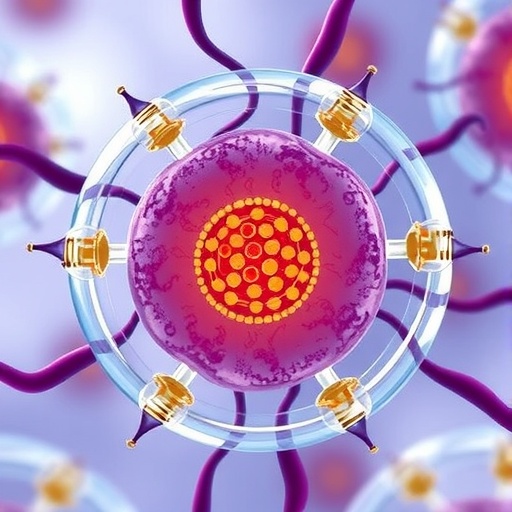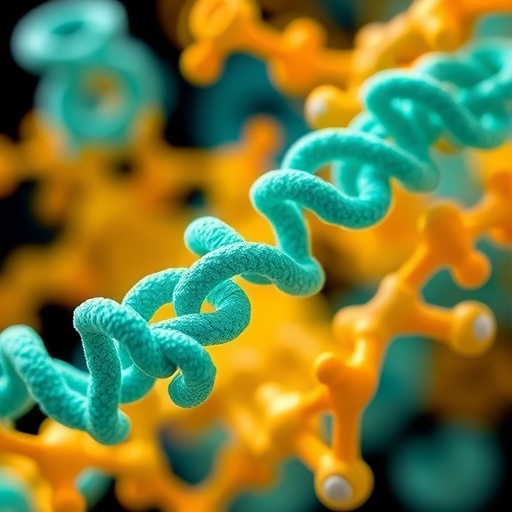Atherosclerotic plaque builds up gradually in the walls of the body's arteries. Ruptured plaque can trigger clots that cause life-threatening conditions such as stroke and heart attacks.
Now, for the first time, analysis of plaque removed by surgery show that the metabolism of unstable plaque seems to be re-programmed in the same way as in white blood cells that cause inflammation. The results suggest that treatment with drugs that counteract the altering of metabolism could be a new approach to limit the inflammation in plaque that causes cardiovascular disease.
"The altered metabolism we have identified in high-risk plaque is also present in cancer cells. Just as the metabolism in cancer cells is re-programmed to be able to digest sugar quickly, the sugar uptake of the dangerous plaque seems to be greater than that of stable plaque", explains Harry Björkbacka, associate professor of experimental cardiovascular research at Lund University.
The difference in metabolism between unstable and stable plaque indicates that cardiovascular disease, like cancer tumours, might be limited through treatment with drugs that attack the metabolism. The next step for the researchers behind the study is to attempt to establish this link.
The research study also proposes an interesting approach to improved diagnosis of plaque.
"The discovery that high-risk plaque, unlike stable plaque, has a re-programmed metabolism, opens up new opportunities for identifying the dangerous plaque for instance by visualising the uptake of nutrients specific to the re-programmed metabolism using a PET camera", says Harry Björkbacka.
Currently, there are no precise methods for identifying and effectively treating high-risk plaque that can lead to cardiovascular disease. To a certain extent, the size and location of the plaque can be detected using ultrasound. In cases where it is thought to be high-risk, an intervention is required to insert a stent or to remove the plaque.
Harry Björkbacka and his colleagues plan to investigate exactly which cells in the plaque re-programme their metabolism. They will also map more details of the particular metabolism present in high-risk plaque.
The current study analysed plaque from 159 patients at Skåne University Hospital (SUS) in Malmö. The plaque is kept in a plaque biobank of over 900 samples that enables unique research on the causes of cardiovascular disease.
###
Media Contact
Harry Björkbacka
[email protected]
46-403-91205
@lunduniversity
http://www.lu.se
https://academic.oup.com/eurheartj/advance-article/doi/10.1093/eurheartj/ehy124/4942482




